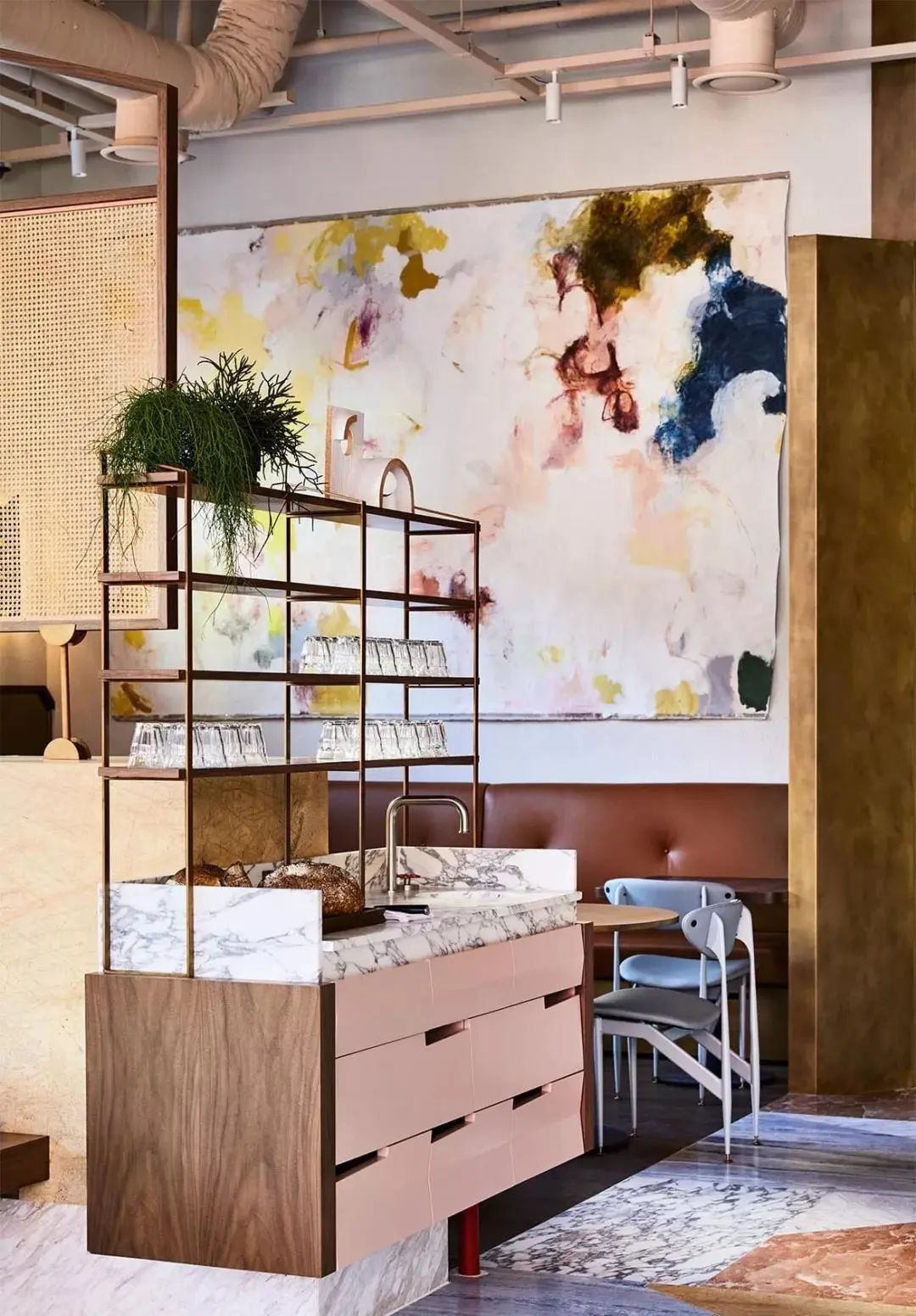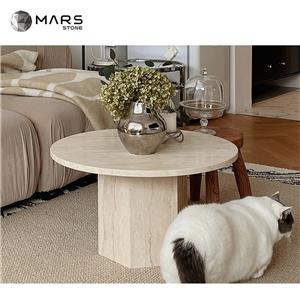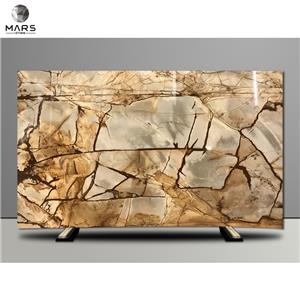Marble restaurant | How to play the wind restoring ancient ways, appreciate the romantic amorous feelings of the last century
Modern restaurant design style has been very diverse. In recent years fire INS, industrial, retro style and so on have become a large number of restaurant designs and customer punch card choices.
Today, I will share 3 restaurant design cases with marble to create retro style, see how marble play retro style, together to enjoy the romantic style of the last century!
「La Tana Café」
Inspired by Old World cafes, La Tana Coffee is a homage to Italy's Alimentari culture.
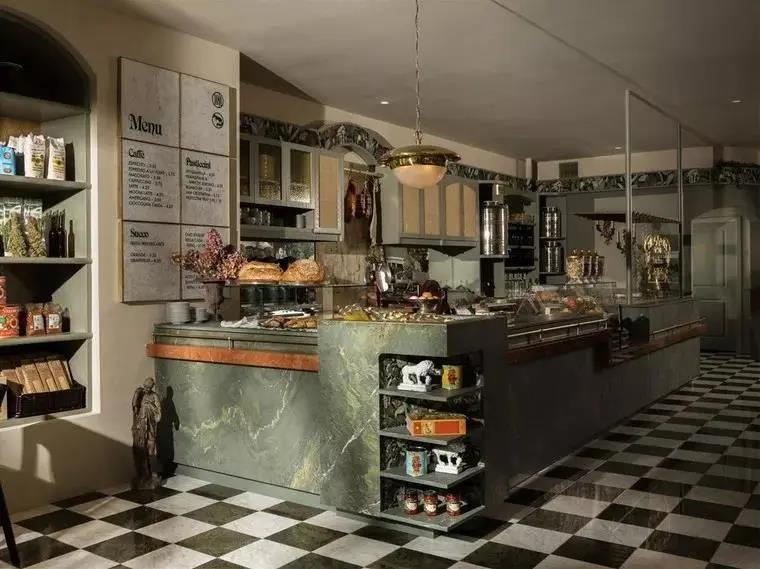
Inside La Tana, the space is decorated with dark green marble, antique brass shelves and custom wood, classic tile floors, and custom hand-painted wallpaper, all representing the continuation of the Italian classic.
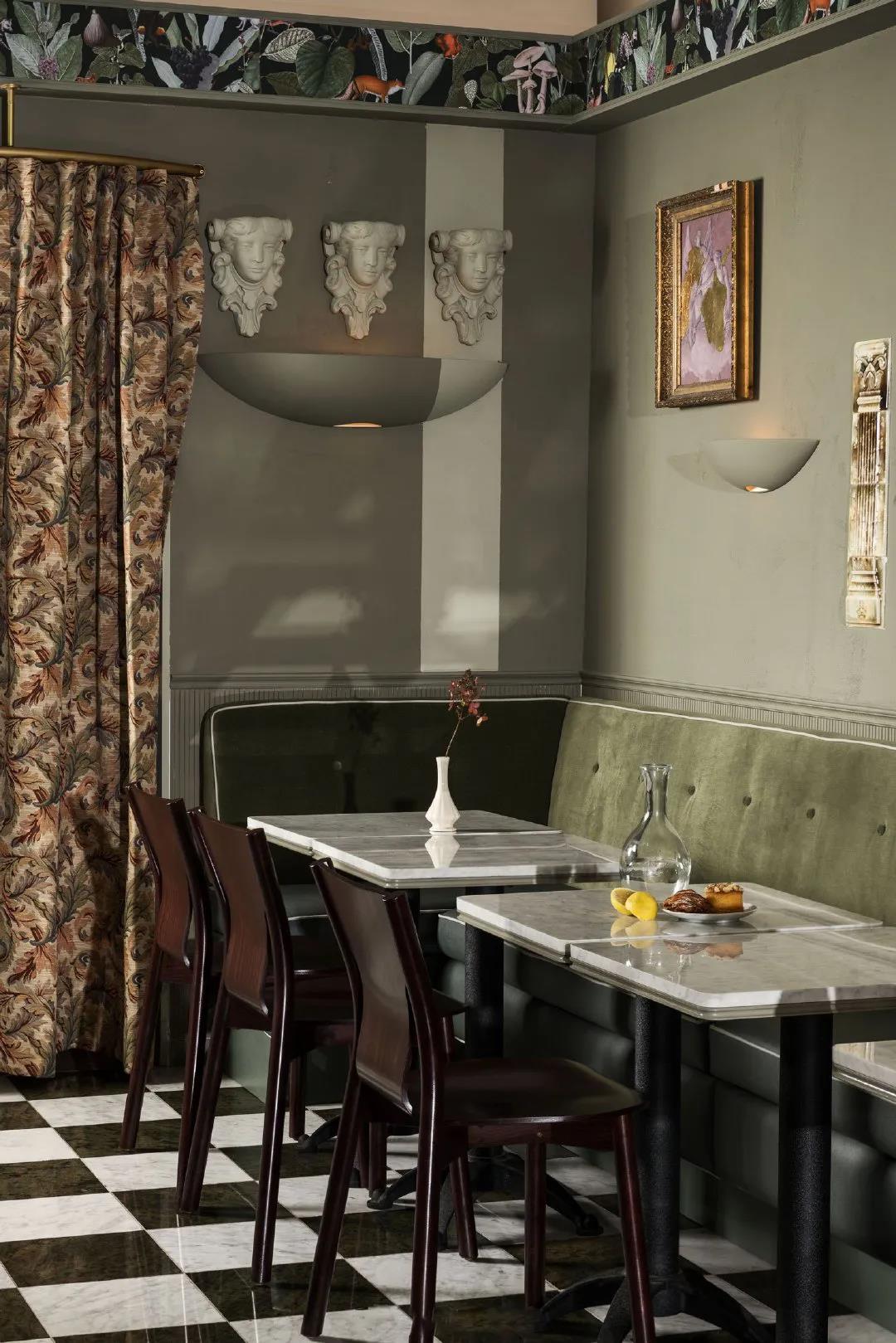
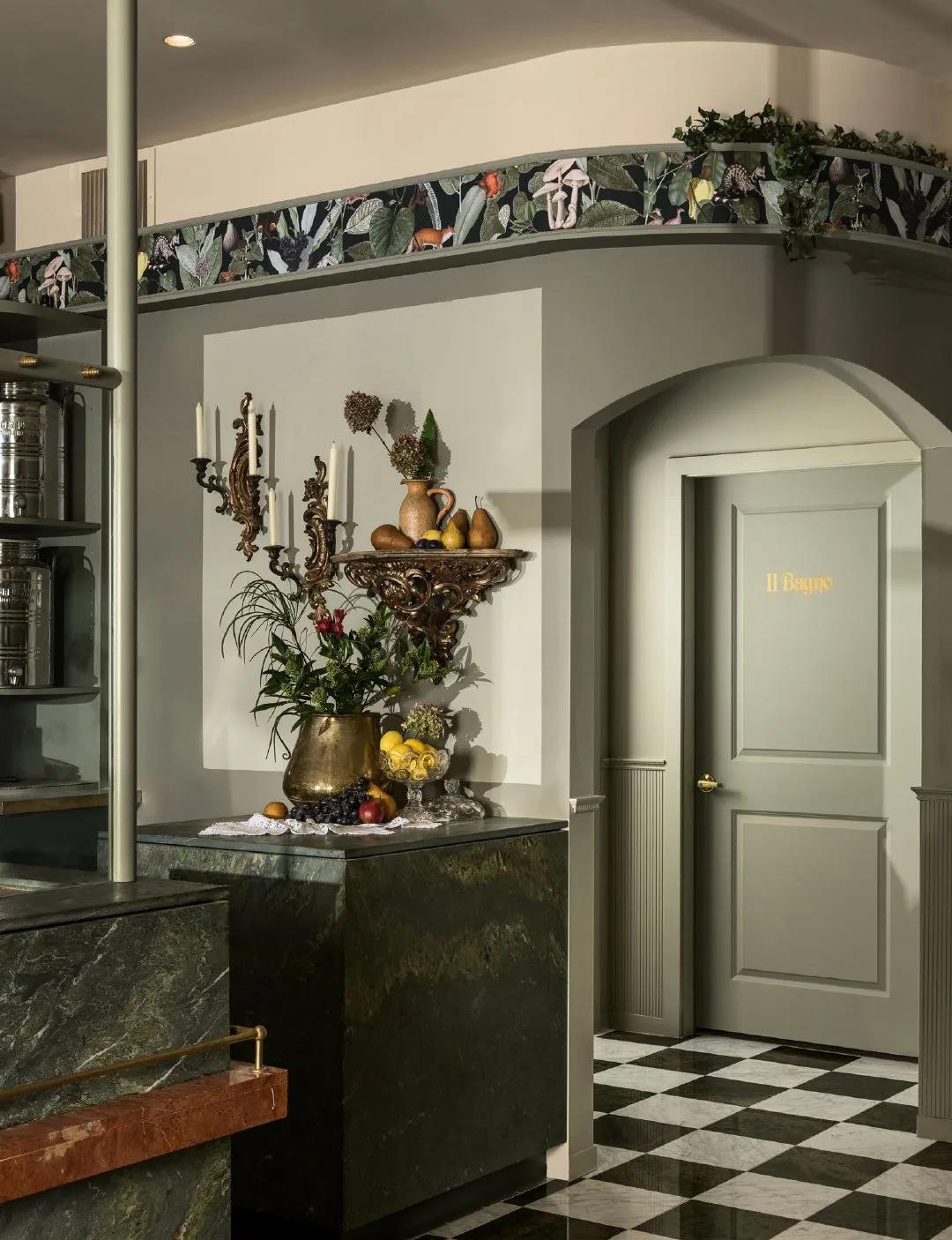
The wallpaper was inspired by the walls of Victor Hugo Hautevile's house and Carlo Mollino's apartment Museo Casa in Turin.The cafe's name is based on the name of another of the designer's restaurants: Savio Volpe-La Tana, which means the bar where the fox hides treasures.
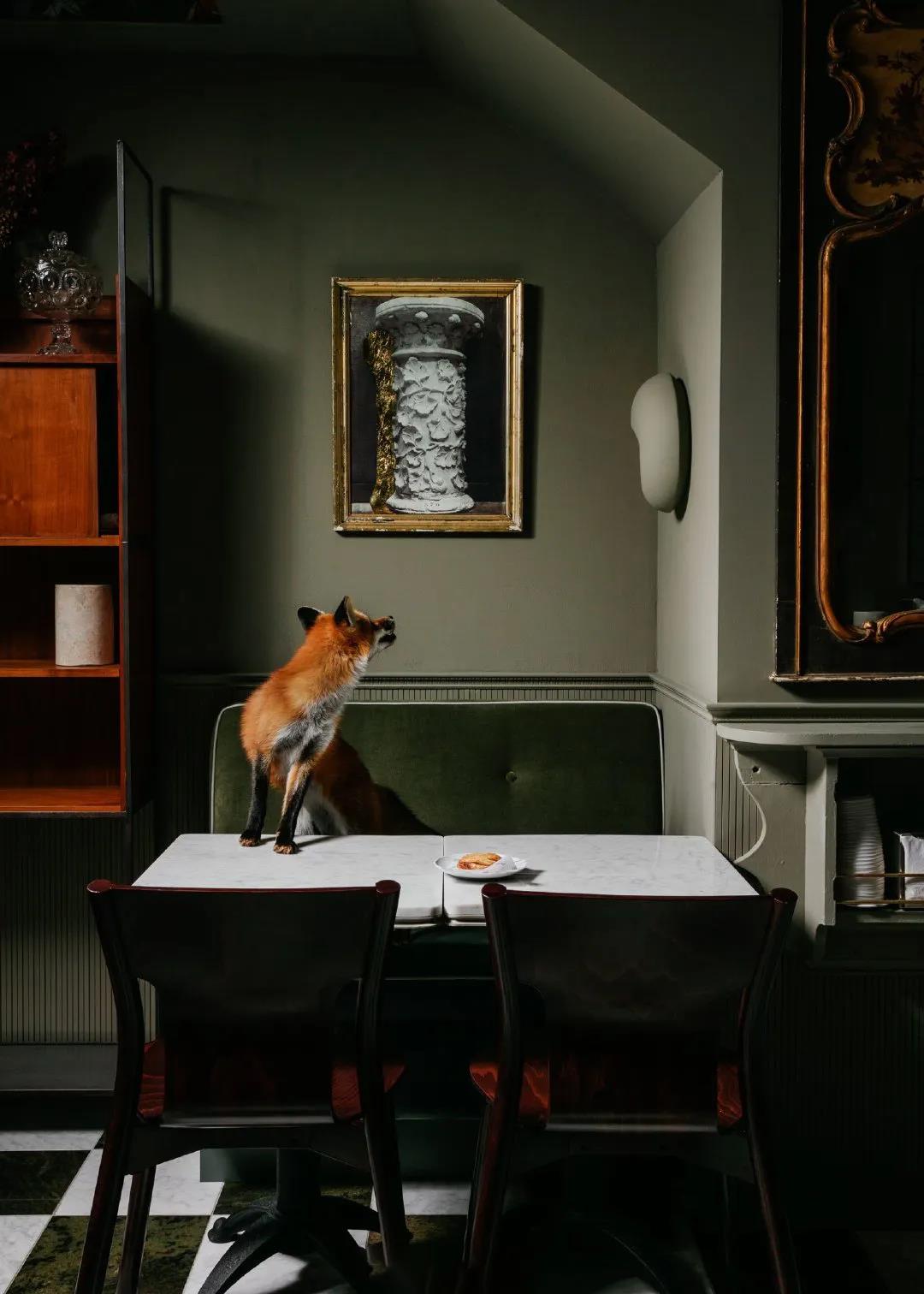

Some of the design details include hand-plastered techniques that give the walls an ancient surface texture. The whole space tone from the monochrome, soft grey-green extend to the marble surface. The use of stone, marble and painted wood was carefully thought out by the designers to set the frame and shape the interior form so that they almost feel like they were carved out of a common material or colour block.
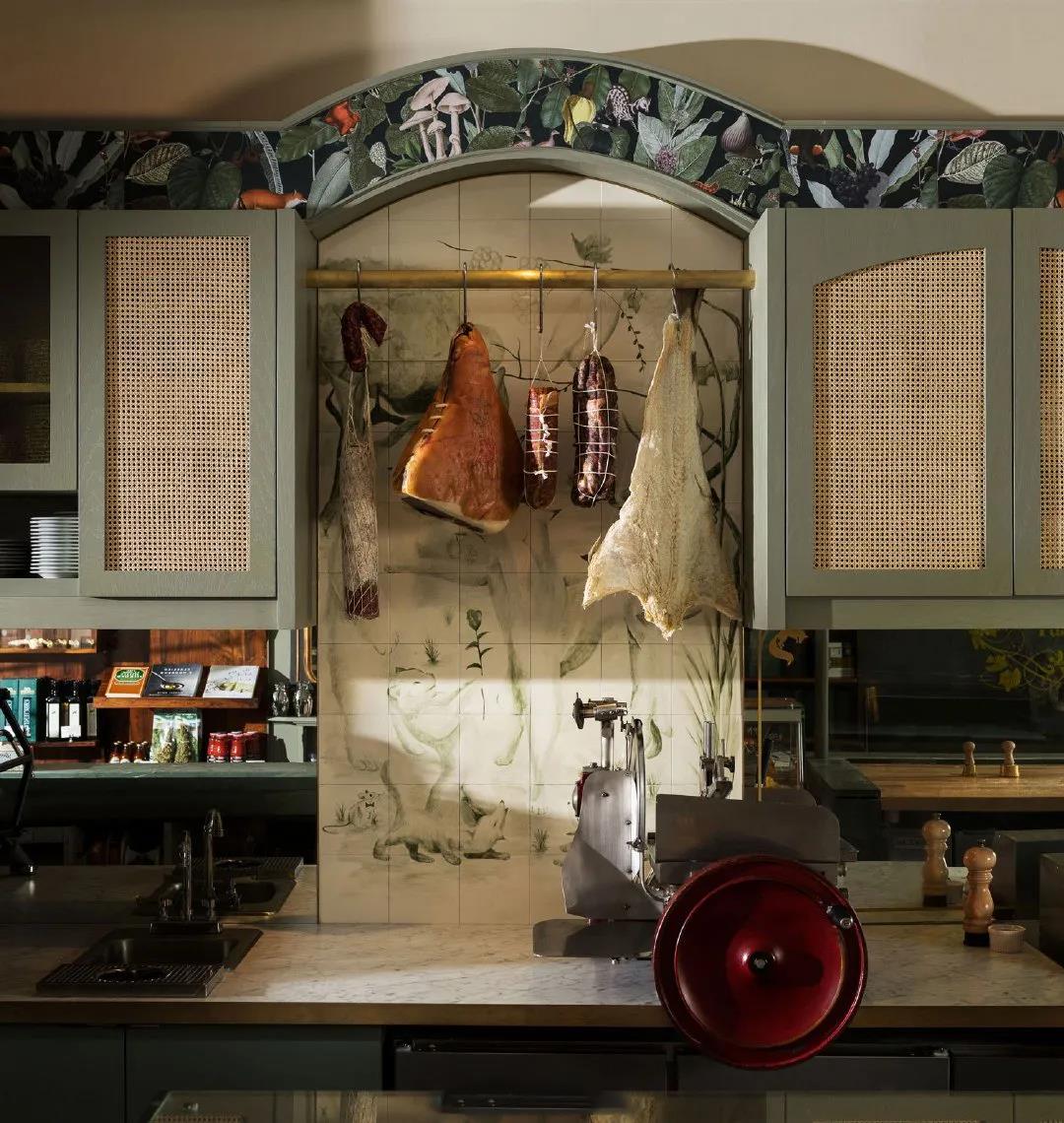
The weathered elements of the traditional Italian restaurant consist of antique shelves, custom woodwork, moulds and plaster work, and are decorated with ornate rosettes and wall-mounted sculpture elements.
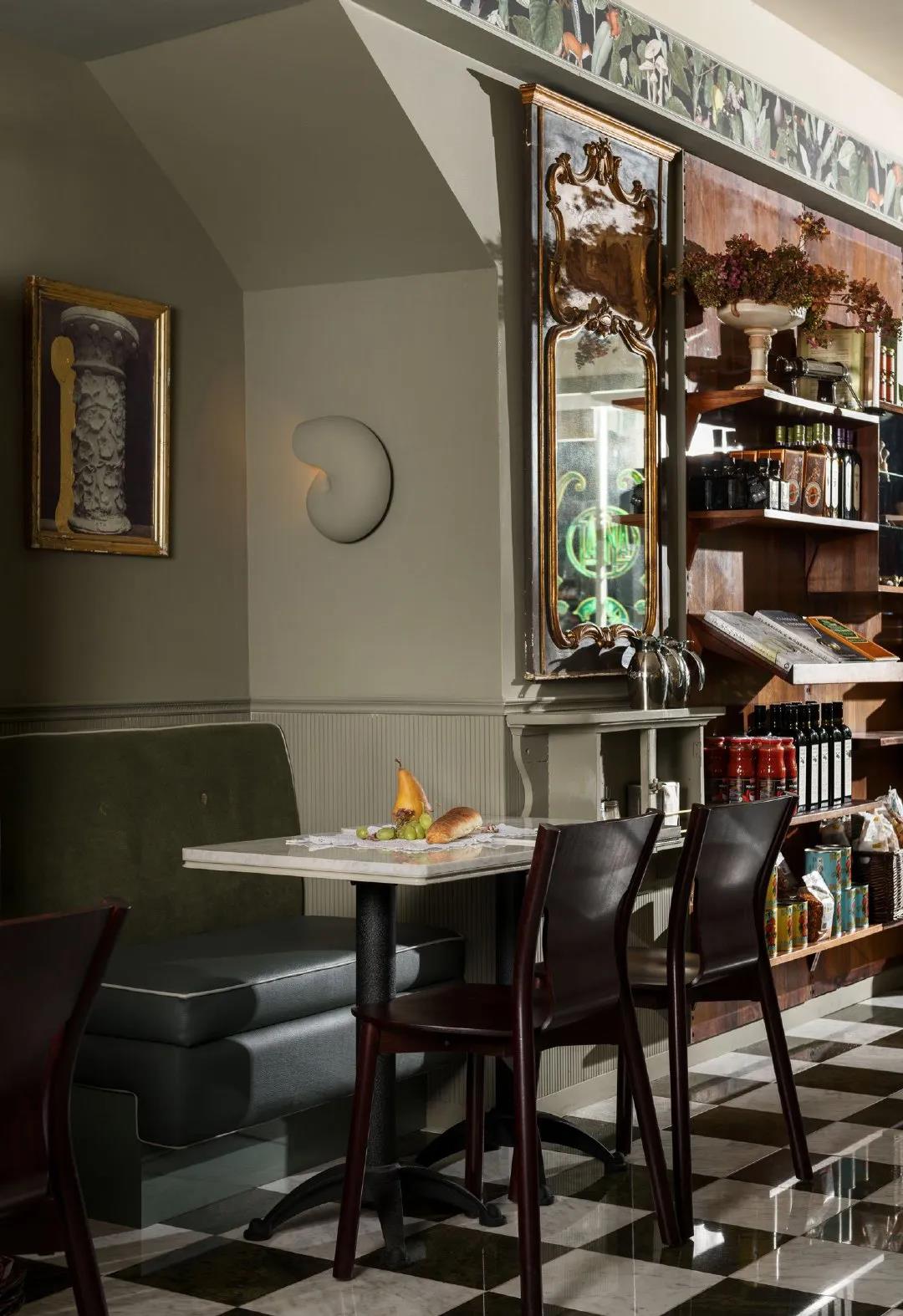
The designers also enlisted antiques and architectural restoration expert Scott Landon to help them find some very rare Italian antiques, objects and fixtures.These elements were instrumental in creating ornate Rosetta and wall-mounted sculptural elements, enabling the interplay between these classical elements and the more modernist custom art of stone carving.

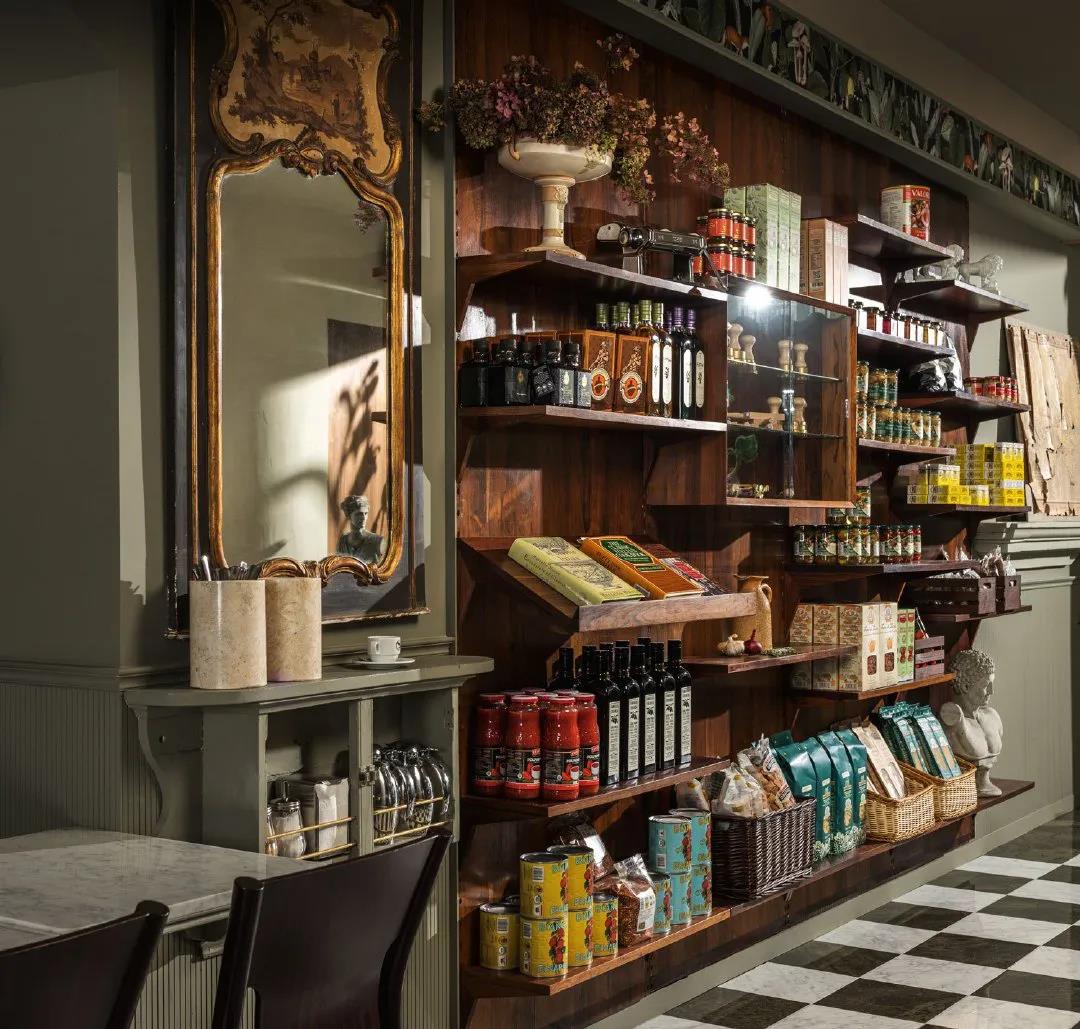
「pentolina」
Pentolina is a new casual restaurant in Melbourne designed by local studio Biasol to bring traditional pasta from the winding alleyways of Rome to Melbourne's Little Collins Street, designed to incorporate Melbourne's iconic aesthetic.

The designers drew inspiration from Rome's rich history and culture.The renovation of the century-old building shows hand-rendered concrete walls that have been meticulously carved to form a copper-plated backdrop reminiscent of the stone walls of historic Roman alleys.
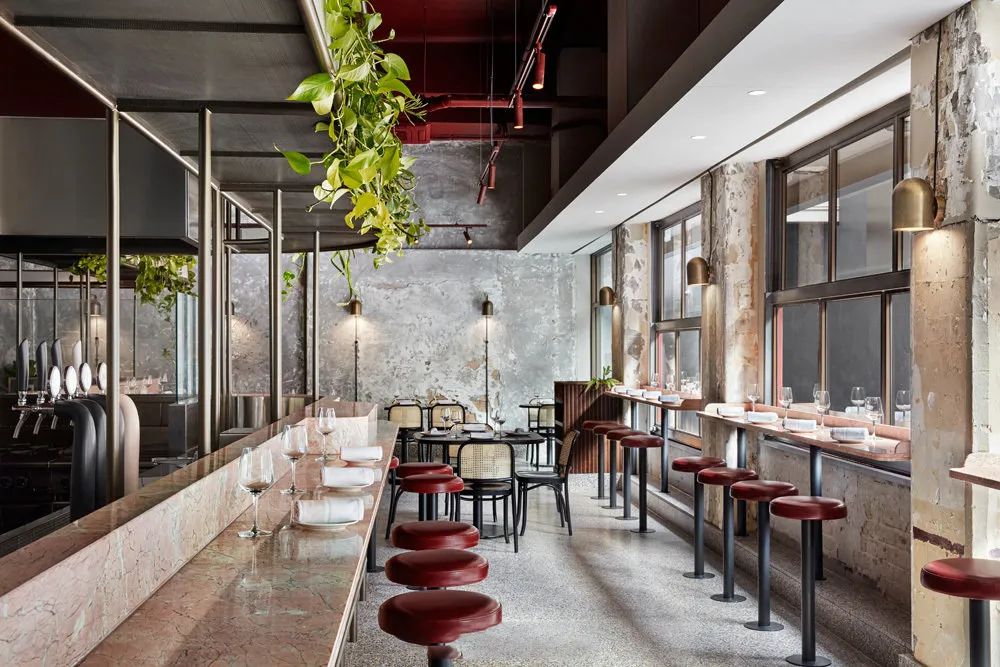

The Pentolina features a curving rose-colored marble bar with bar stools upholstered in wine-red leather, evoking an old-school Italian nostalgia that is reflected in the design.The curve of the bar and the metal of the top of the head wear photograph echo, enhance the connection feeling on longitudinal.
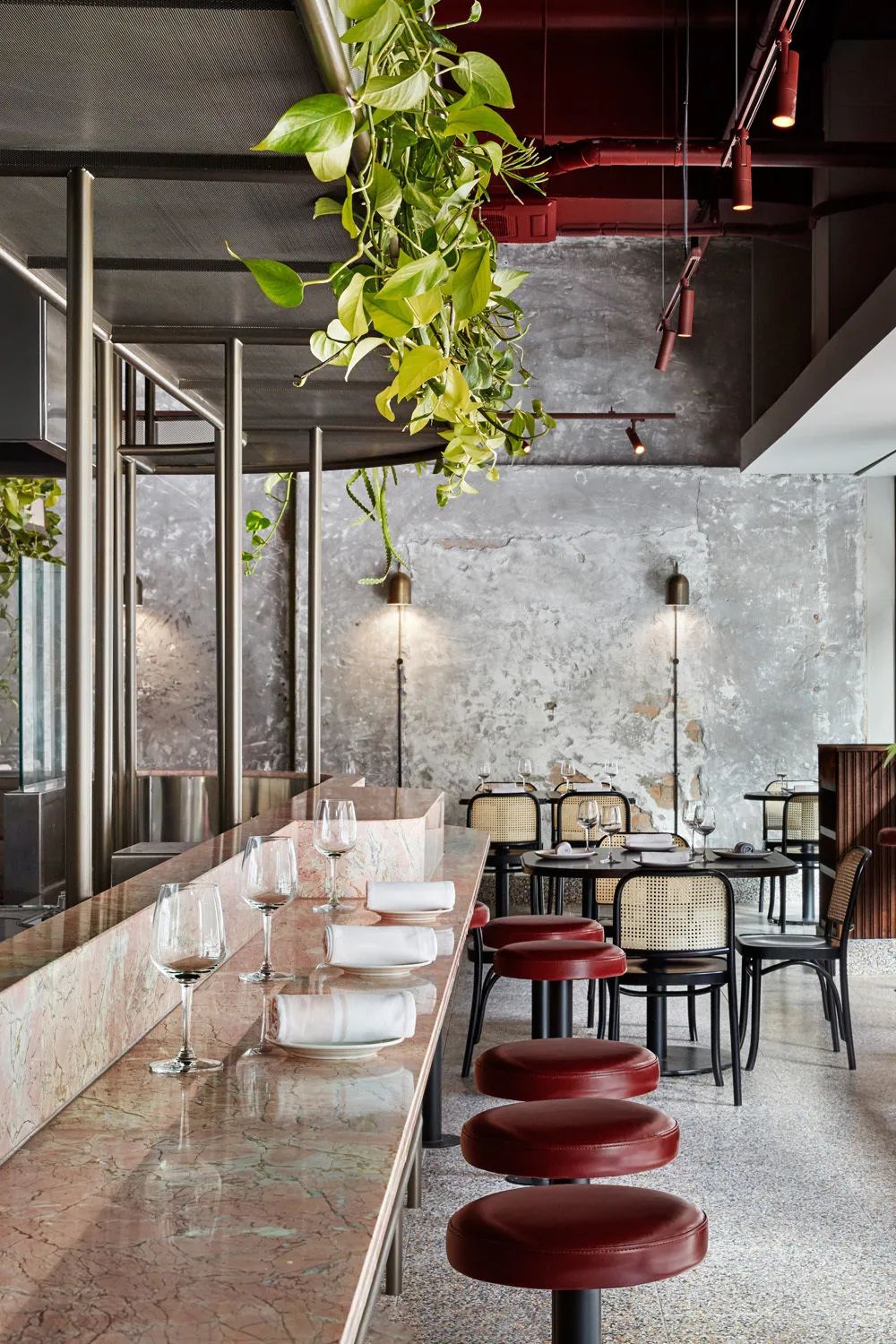

The bar's stools, ceiling and related services feature a striking crimson color, which is said to inspire food cravings.The rose-colored marble bar is reminiscent of the pink granite of ancient Rome.
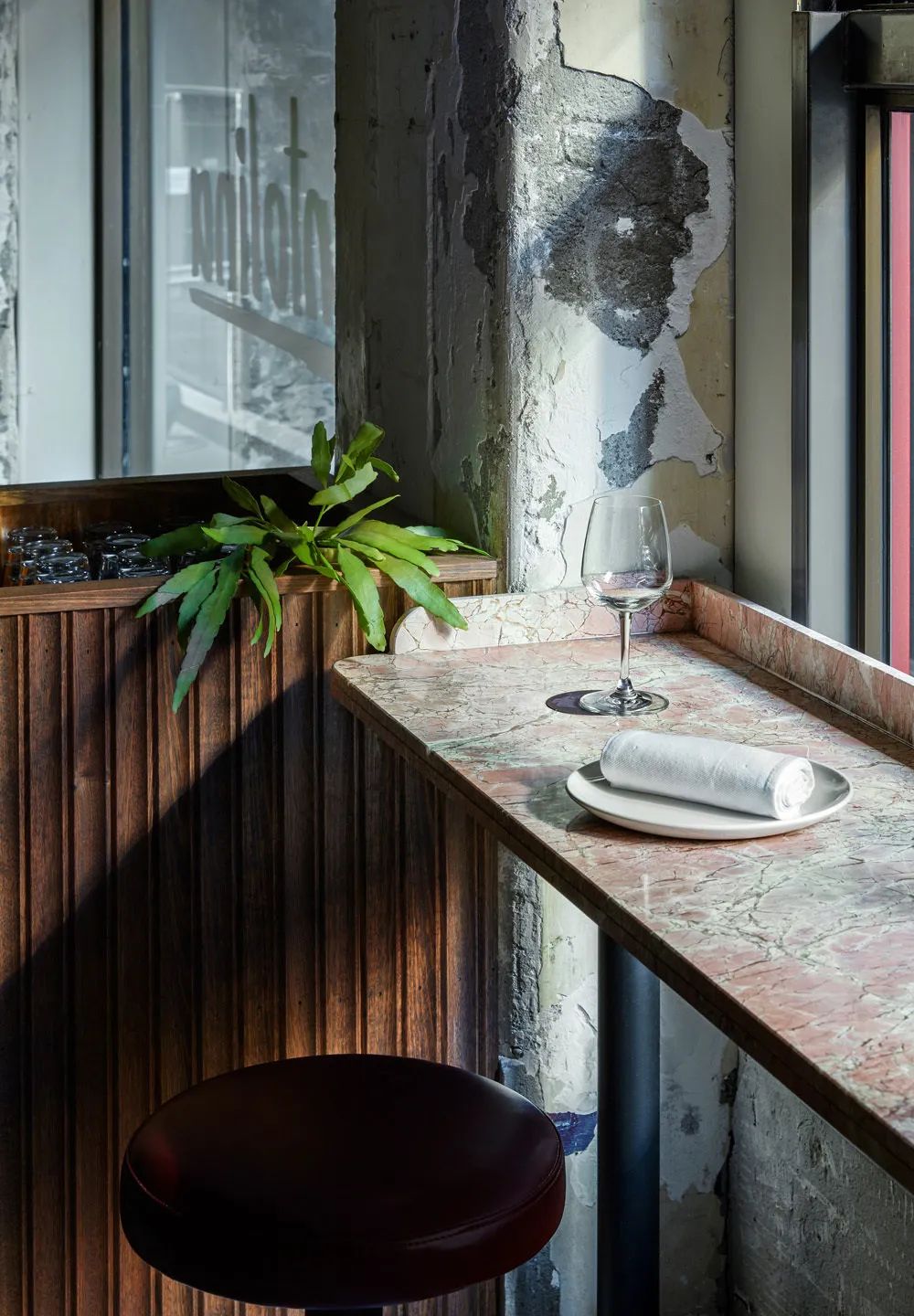
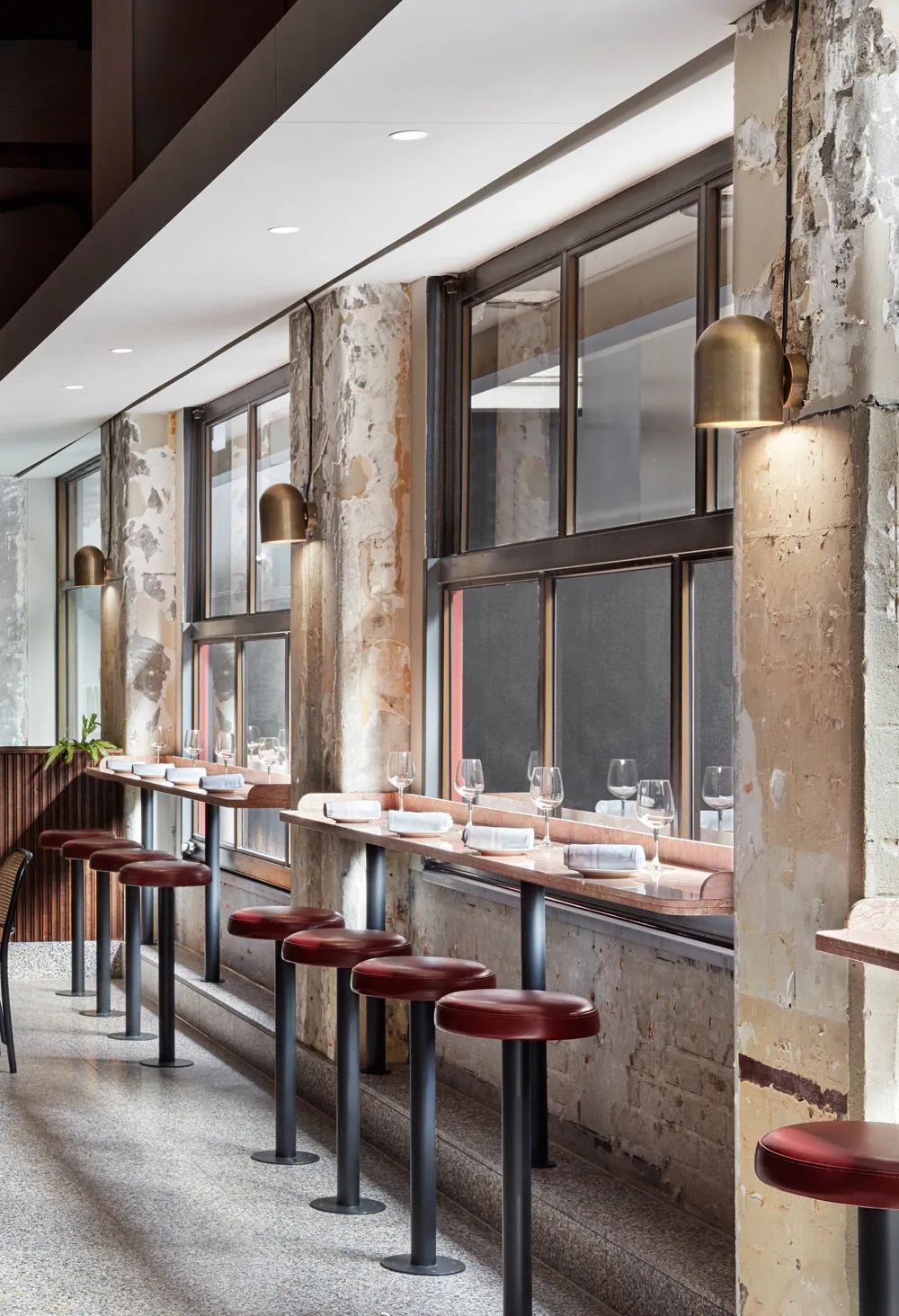
Terrazzo flooring has a long history in architecture and design, originating in Italy in the 16th century.The flank of the bar is decorated with shell-textured Tasmanian oak, with bronze and brass accessories to show the charm of Italy.
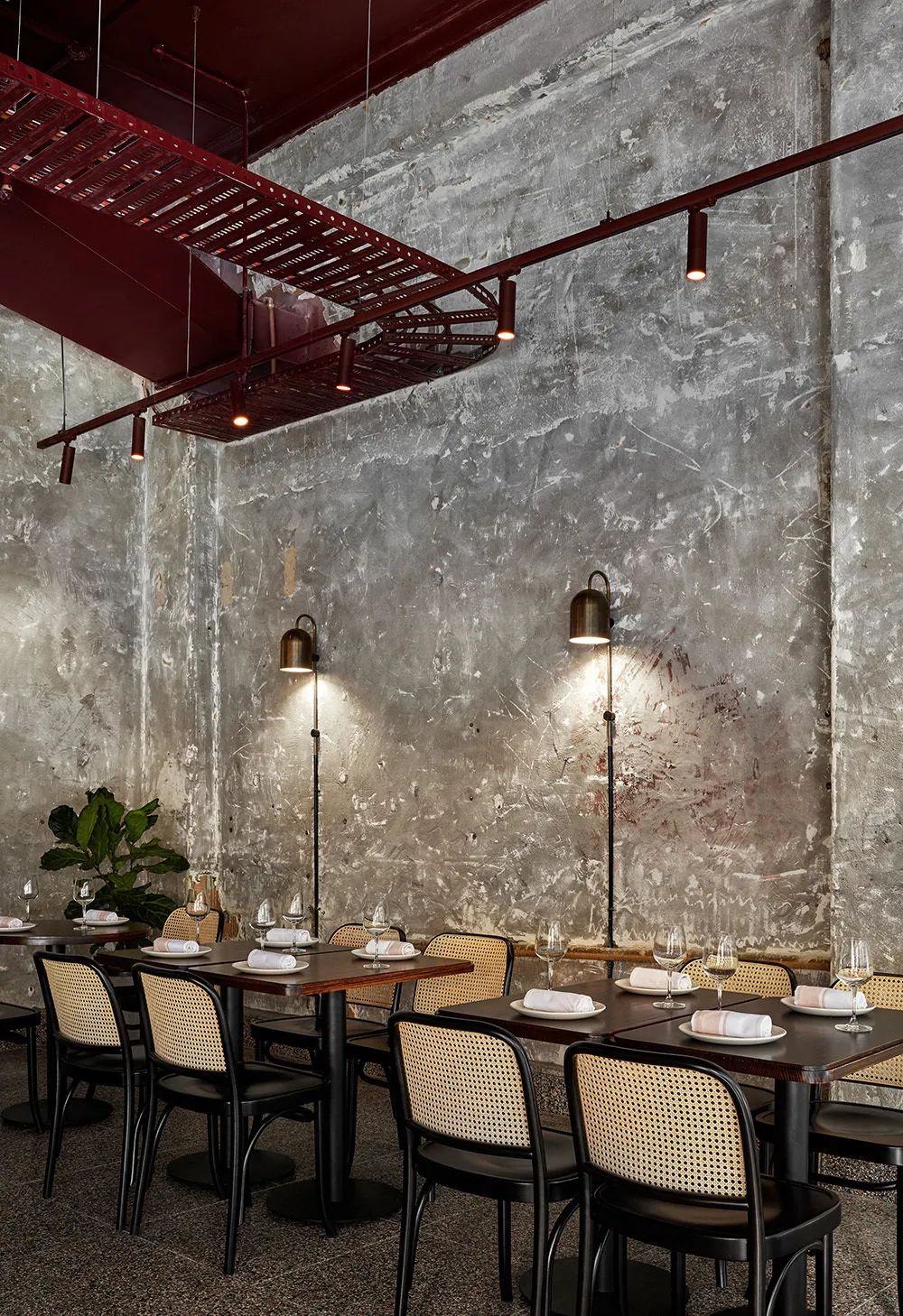
「Caravan Hapejong」
Located in the heart of Seoul's Gangnam Old Clothing District, Caravan Hapejong Restaurant & Bar, created by Melbourne-based designer David Flack, employs a jewel-toned aesthetic with Australian imported style artwork.

Marble blocks of different colors and textures are stitched together to echo the colors used throughout the restaurant.
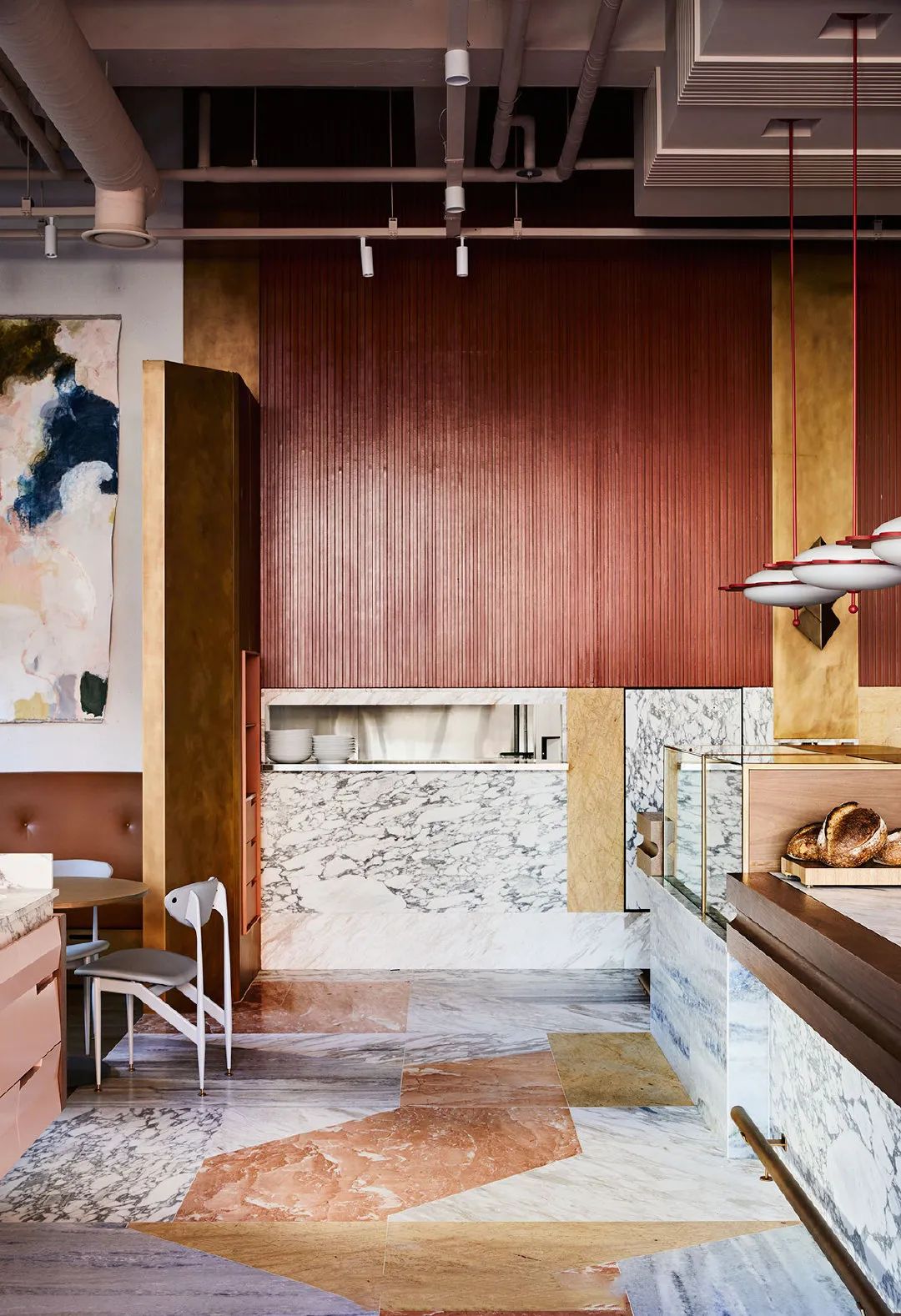
The bar and kitchen Windows are made of short films of cow's blood and strips of butter caramel leather, decorated with brass, wedges of marble and terrazzo on the walls and counter tops.
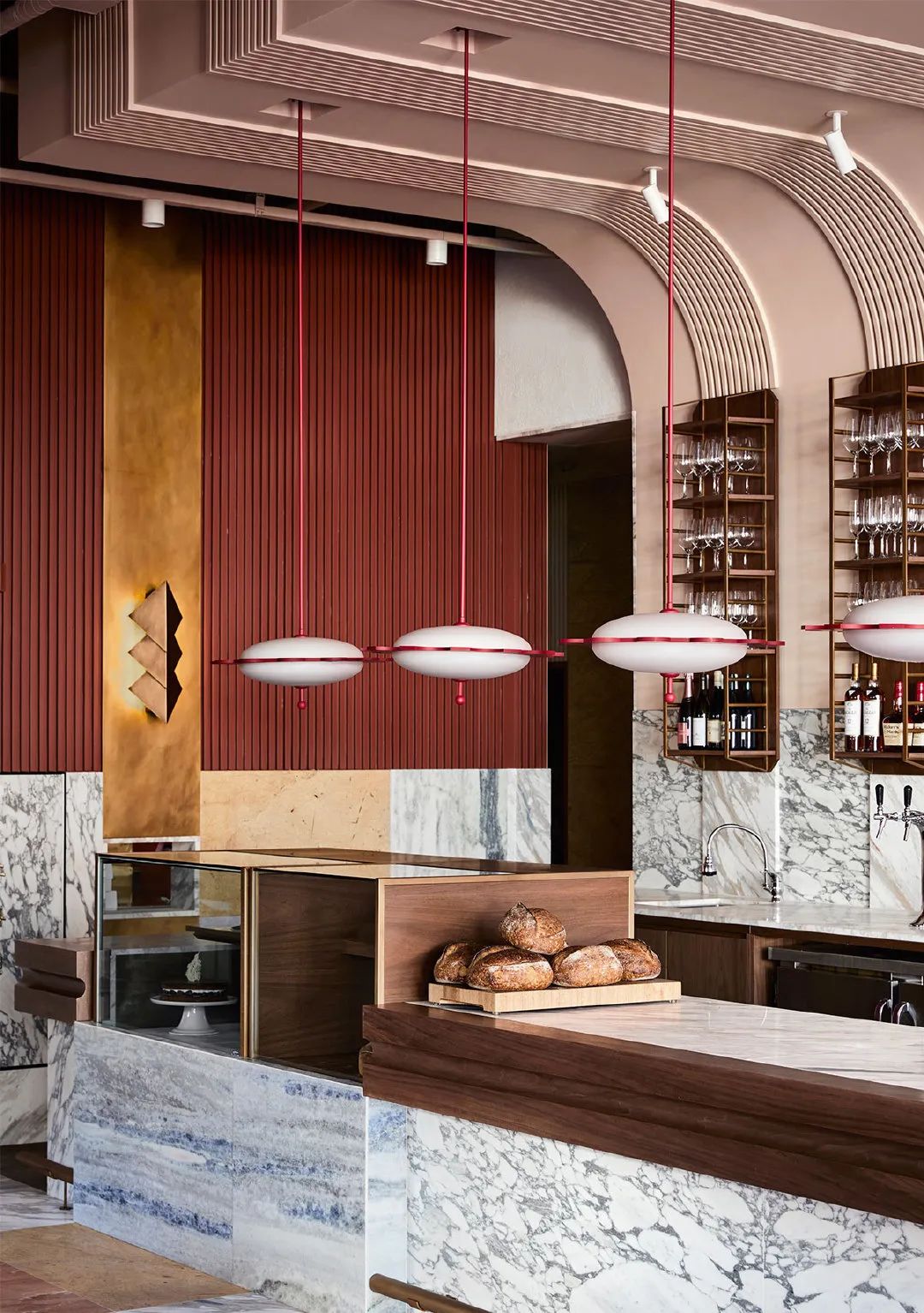
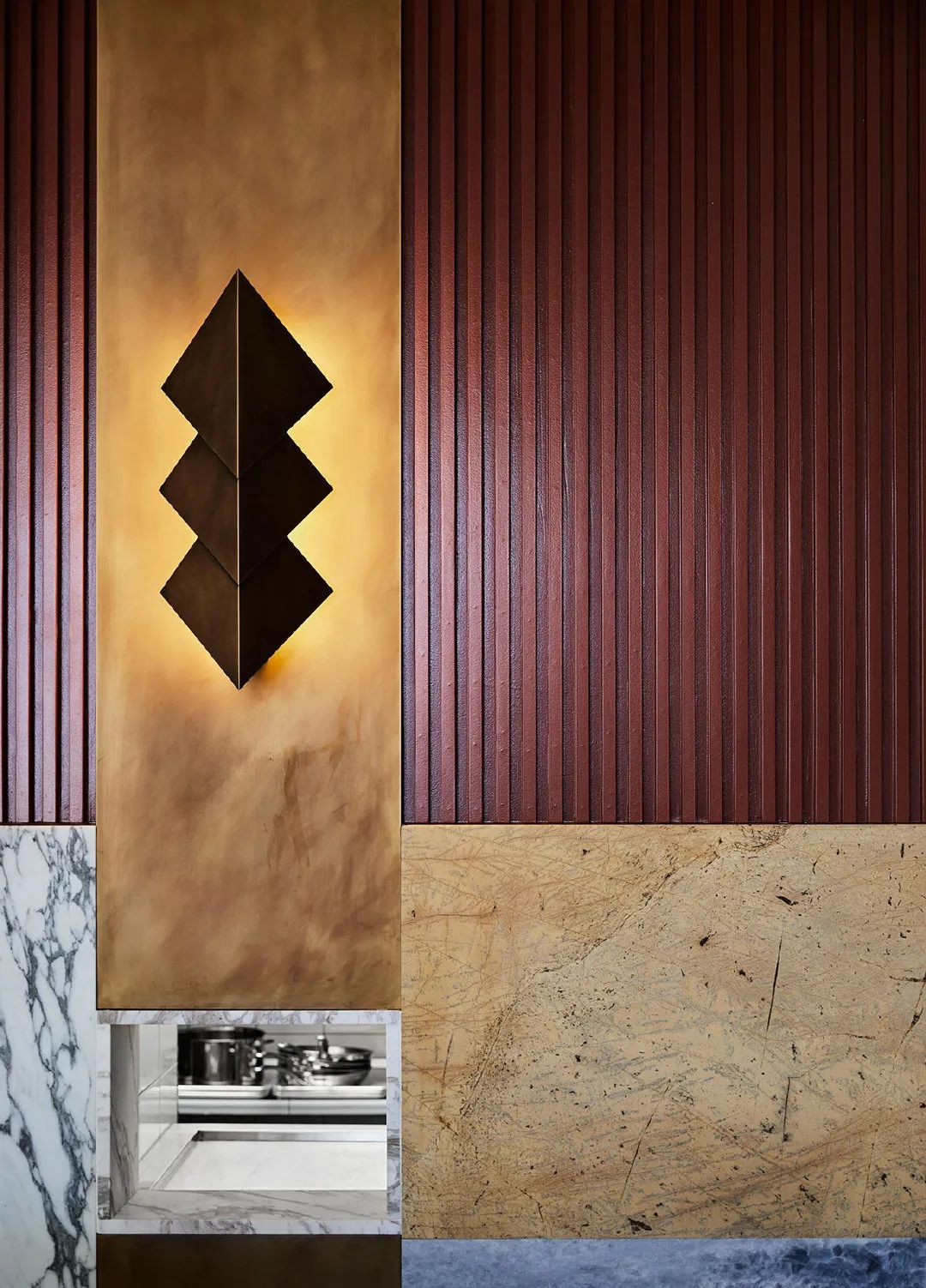
The pale blue Featherston Sscape dining table and chair, a symbol of Australia in the early 60s, has white marble tops, brass round feet, and an unparalleled curved shape and sharp frame.
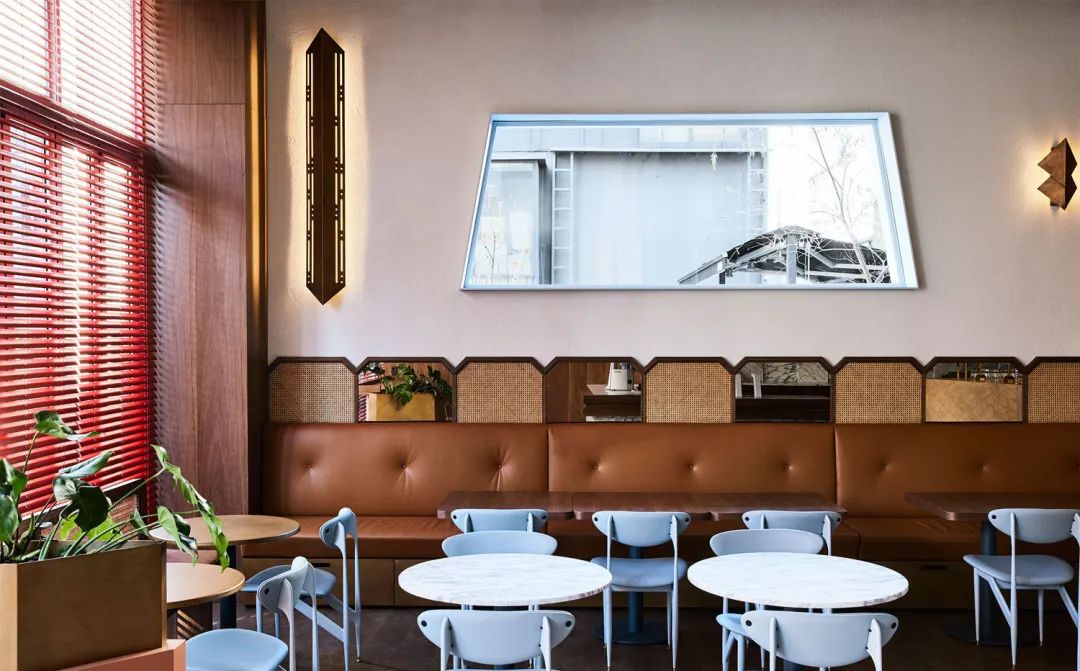
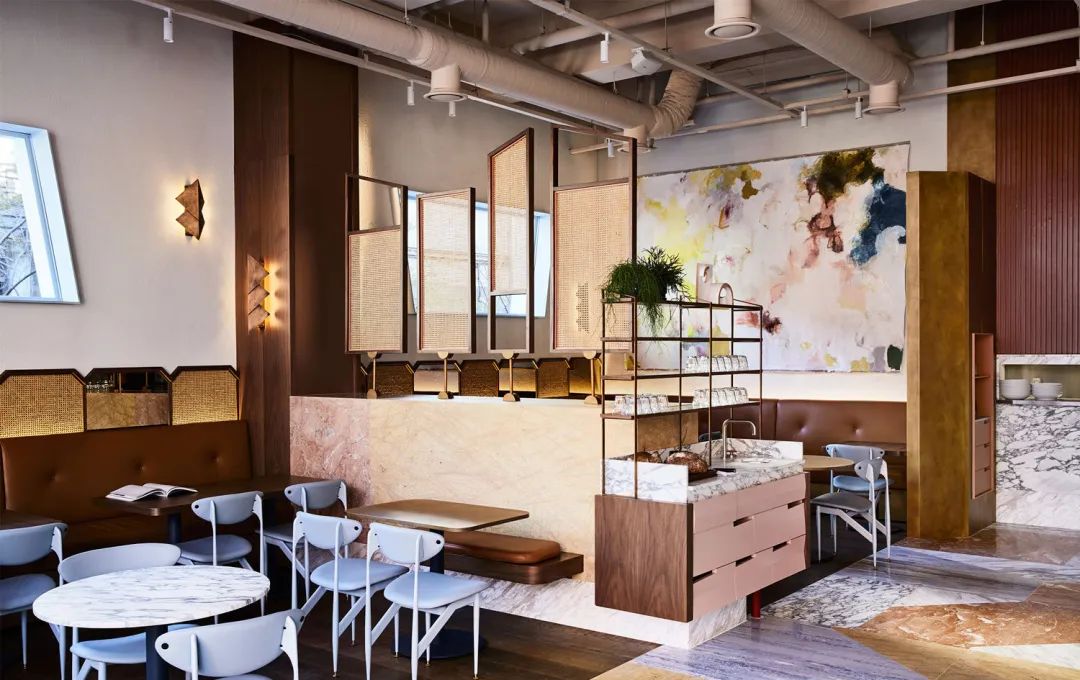
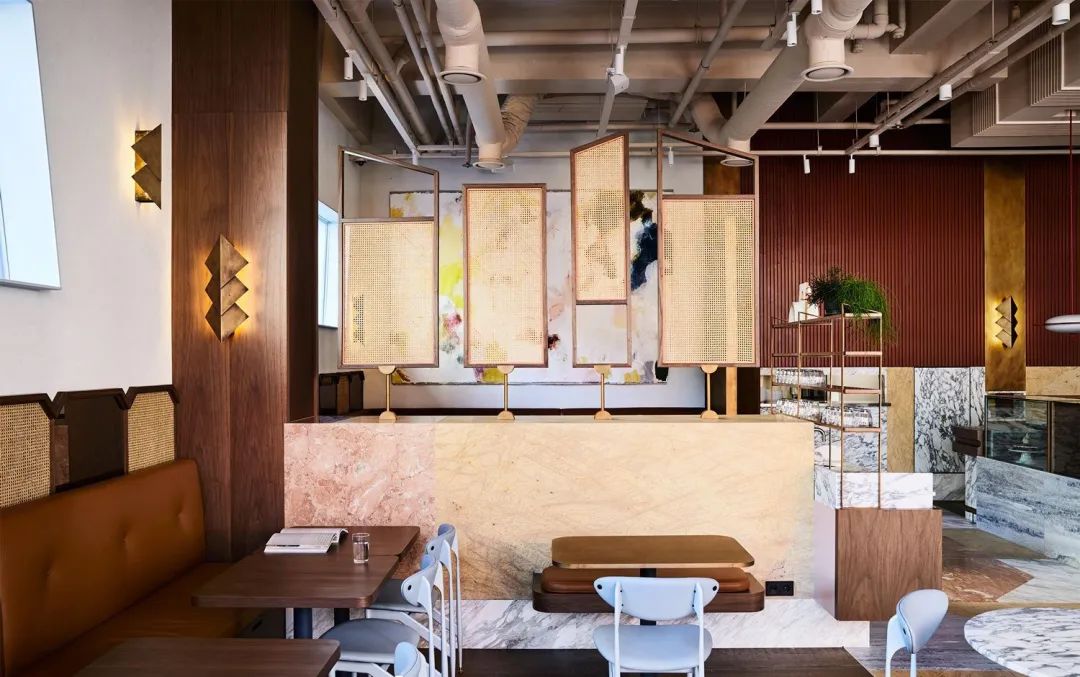
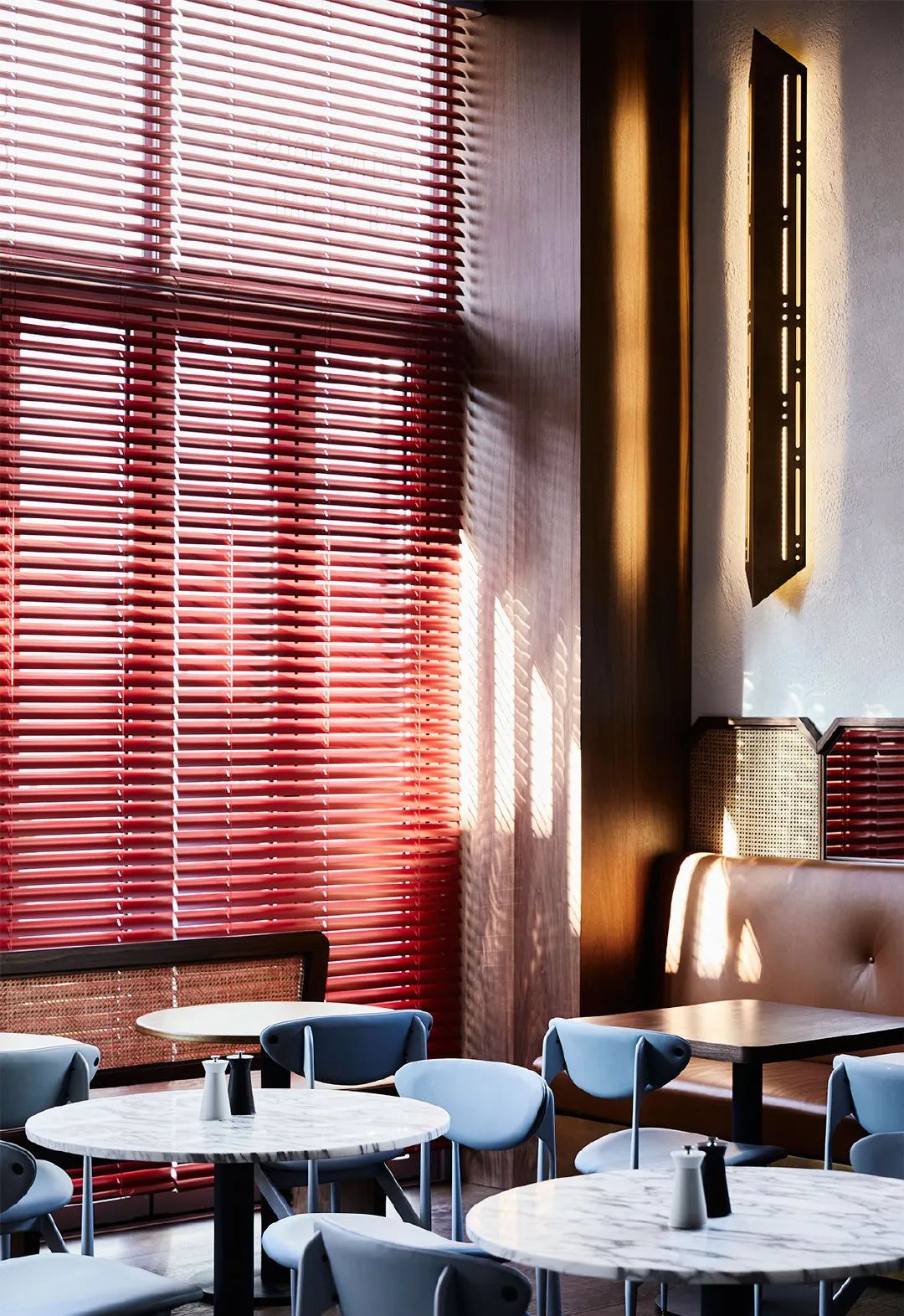
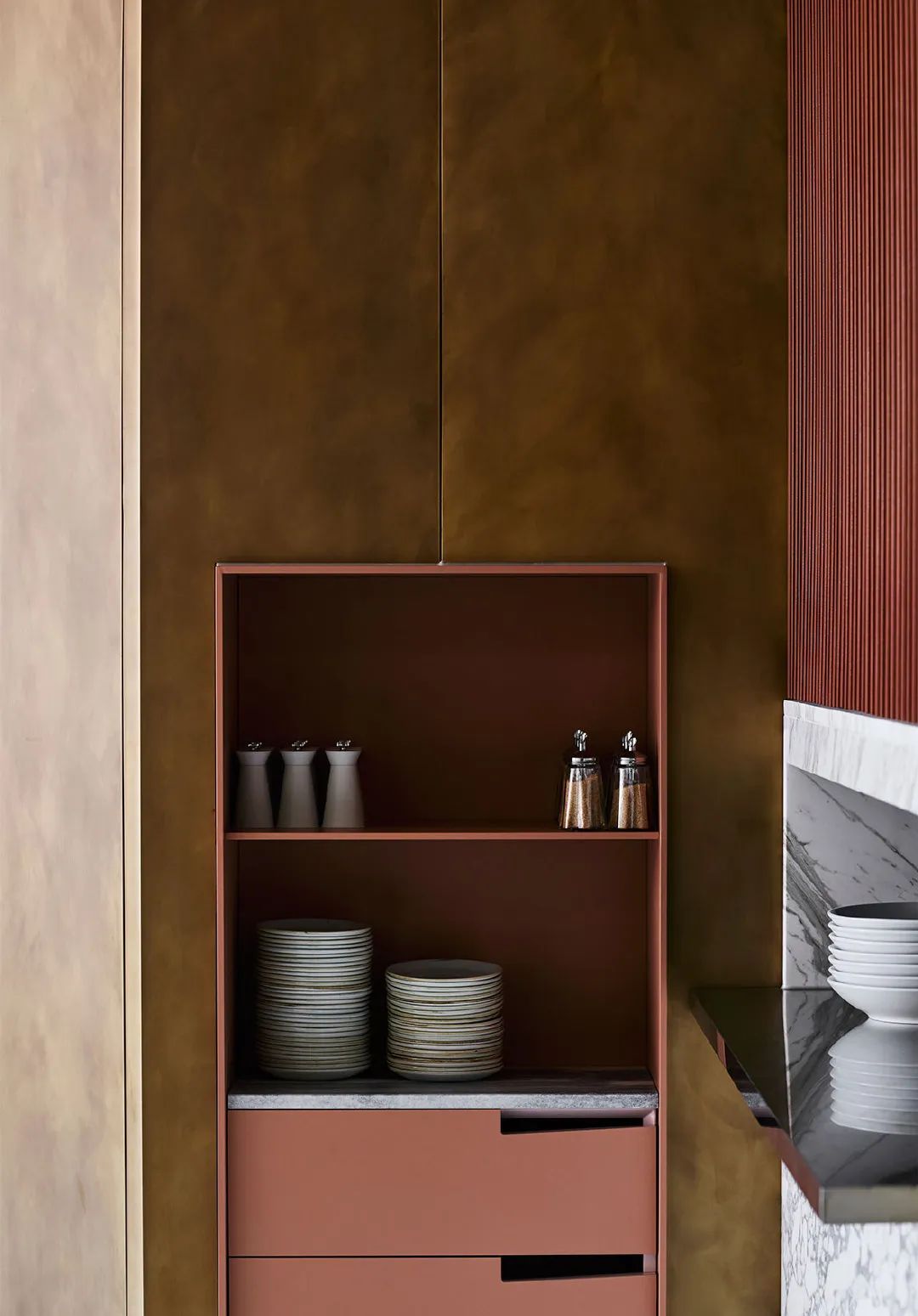
Marble is used throughout the dining room, with wooden sideboards adding marble countertops and marble wash tables.
